Click here to jump to the Center for Quantum Materials Distinguished Lecture Series calendar!
Condensed Matter Physics Research
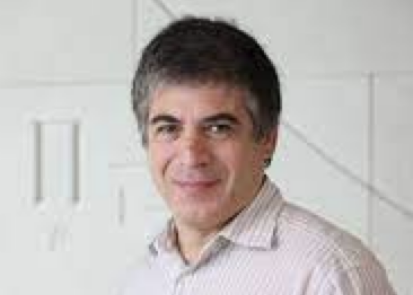
Alexander Abanov
I am working in theoretical condensed matter physics. My main interests lie in the field of strongly correlated electron systems.
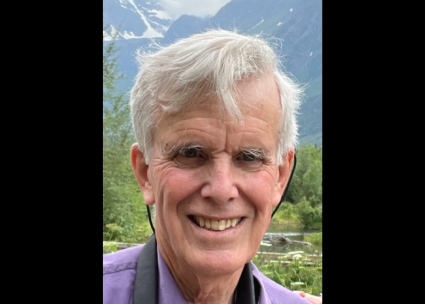
Philip B. Allen
My specialty is condensed matter theory. Research interests have included superconducting transition temperature, resistivity of metals, heat transport in crystals and glasses, polarons, metal/insulator transitions, and properties of nanosystems. A current interest is going beyond Boltzmann theory for heat transport in insulators.
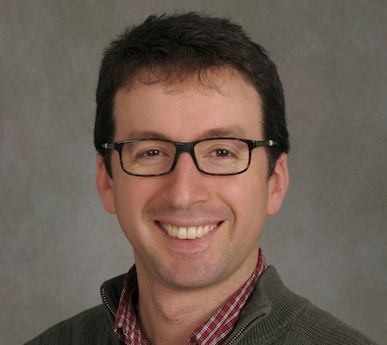
Thomas Allison
Our group develops and utilizes new light sources and techniques to follow the motions of electrons, holes, and nuclei in molecular and condensed matter systems on ultrafast time scales. Developing new technologies and physics ideas go hand in hand with gaining insight into ultrafast dynamics. We have built several novel instruments in the lab based upon our home-built frequency comb lasers.
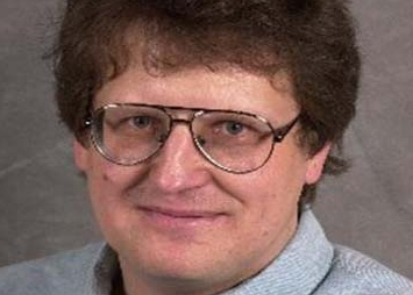
Dmitri Averin
Professor Averin received his Ph.D. from Moscow State University in 1987. His work in condensed matter has included studies involving quasiparticles and quantum Hall effects in mesoscopic graphene structures.
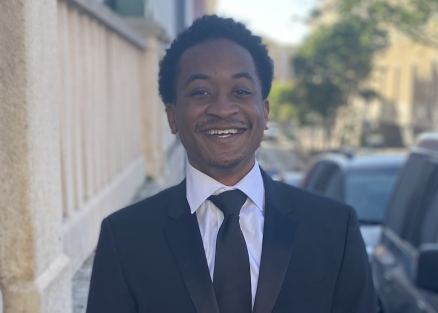
Raymond Blackwell
My research interests lie in the study of correlated phenomena (e.g. superconductivity, quantum hall states, etc.) via scanned probe microscopy. I am especially interested in the study of two-dimensional materials and the emergent properites in various heterostructures. I received my Ph.D in physical chemistry from the University of California - Berkeley in 2021.
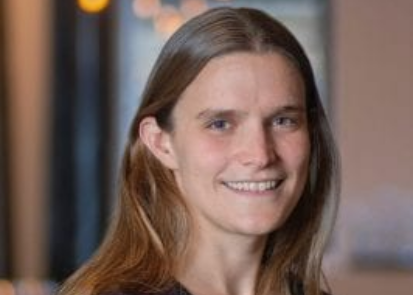
Jennifer Cano
I study topological phases of matter. This can range from strongly correlated phases, such as the quantum Hall effect, to uncorrelated topological band structures. I am interested in classification, measurement, and materials discovery.
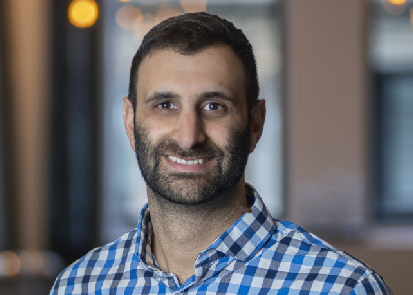
Cyrus Dreyer
The Dreyer group develops and implements first-principles techniques based on density functional theory to determine the properties of electronic materials. Our approach is to combine basic theories of condensed matter and materials physics with modern first-principles implementations. This often involves developing methods to extract new parameters or properties from such calculations.
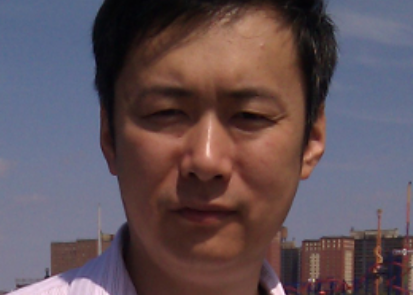
Xu Du
The study of 2-dimensional atomic crystals (2DACs) flourished over the past decade, from graphene to a plethora of layered semiconductors, insulators, superconductors and topological materials. The freedom of obtaining and overlaying different atomic crystals opens the possibility of creating heterostructures which are difficult to be achieved using the conventional growth techniques. Our lab studies the charge transport properties of 2DACs in their nanodevices.

Marivi Fernandez-Serra
Dr. Fernandez-Serra's group develops and applies methods to study the atomic and electronic dynamics of complex materials. One of the main research areas is the study of fundamental properties of liquid water using quantum mechanical simulations. They also apply their methods to study the interface between water and functional elements such as electrodes, photocatalytic semiconductors and graphene.
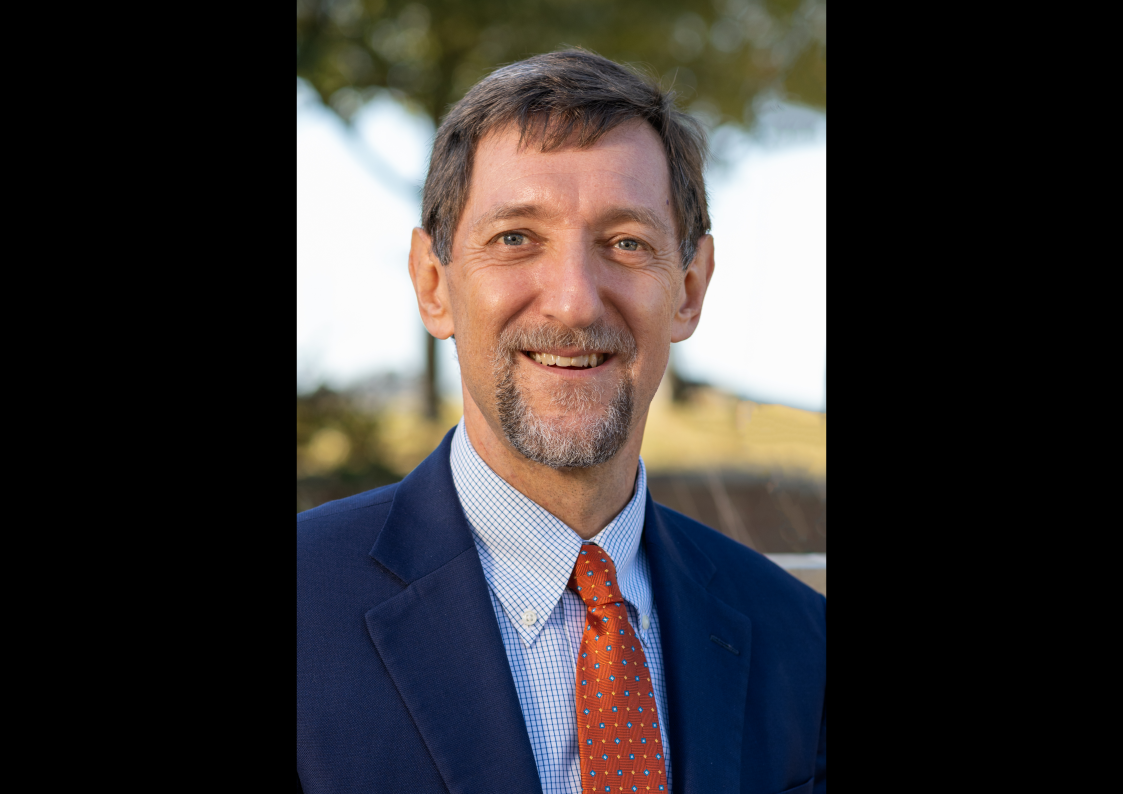
Paul Goldbart
Professor Goldbart earned his Ph.D. at Imperial College London in 1985. His research ranges widely over the field of condensed matter physics, including soft matter, disordered systems, mesoscopic physics, nanomaterials, and quantum fluids, information and measurement.
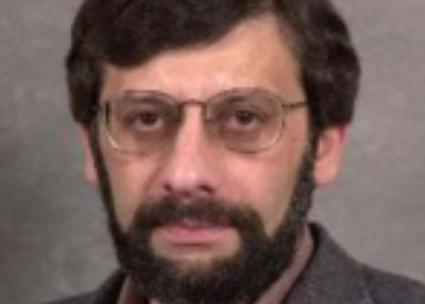
Vladimir J. Goldman
Professor Goldman earned his Ph.D. from the University of Maryland in 1985. His past research has involved experimentation with quantum Hall interferometers and fractional quantum Hall states.
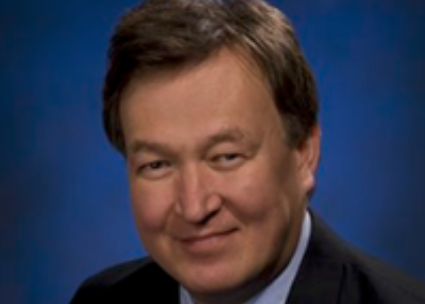
Dmitri Kharzeev
My research interests focus on the theory of strong interactions and the physics of quantum matter. I am particularly interested in high energy nuclear physics and the transport in chiral matter, including the quark-gluon plasma, 2D crystals and Dirac/Weyl semimetals. One of the projects that I am most excited about is the Chiral Magnetic Effect (CME). CME refers to the generation of electric current induced by chirality imbalance in the presence of magnetic field.

Qiang Li
We are interested in physics and applications of quantum materials in energy, and quantum information science and technology. We grow single crystals and epitaxial films of superconductors and topological materials. We use quantum transport measurements, time-resolved electron spectroscopic techniques, and theoretical modeling to explore quantum states of matter. For applications. we develop scalable methods to optimize performance of materials used in superconducting and thermoelectric devices.
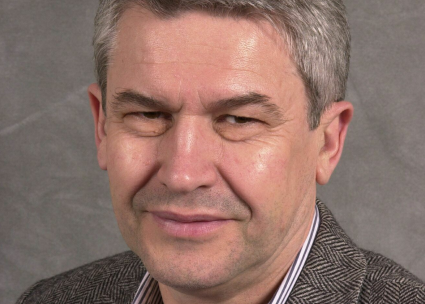
Konstantin Likharev
During his research career, Dr. Likharev worked in the fields of nonlinear classical and dissipative quantum dynamics, and solid-state physics and electronics, notably including superconductor electronics and nanoelectronics. His current research interests are focused on the nanoelectronic implementation of high-performance neuromorphic networks.
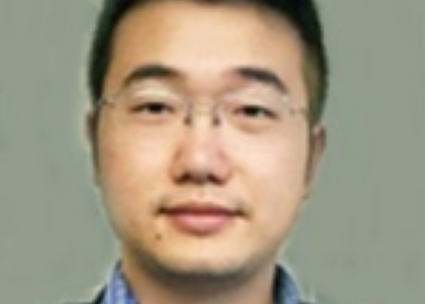
Mengkun Liu
Ultrafast spectroscopy is an important tool to interrogate complex materials as it can access the fundamental time scales of electron/lattice motion and at the same time monitor/perturb the relevant energy excitation. Our recent work demonstrated electron-regulated nanoscale polymorphic transitions in silk proteins revealed by near-field infrared imaging and nano-spectroscopy at resolutions approaching the molecular level.
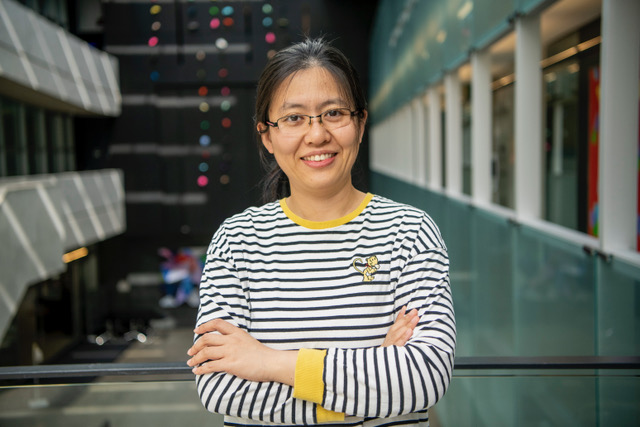
Han Ma
I am interested in emergent phenomena in many-body correlated systems. Via quantum field theory and renormalization group, I study various exotic phases including quantum spin liquid, non-fermi liquid as well as quantum phase transitions, with a particular emphasis on uncovering their universal behavior in the long-distance and low-energy limit. This involves identifying critical exponents, scaling functions, and other universal properties of correlation functions.
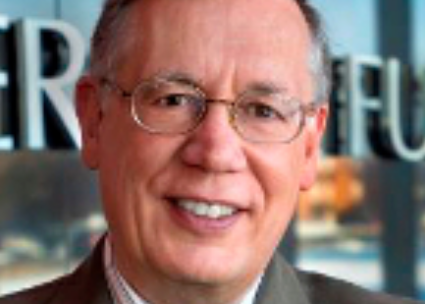
Emilio Mendez
Mendez's research at IBM involved finding ways to make faster transistors and computer chips, as well as more efficient lasers. Currently, he is studying, among other materials, carbon nanotubes, cylindrical carbon molecules with novel properties that may enhance future electronic and optical devices.
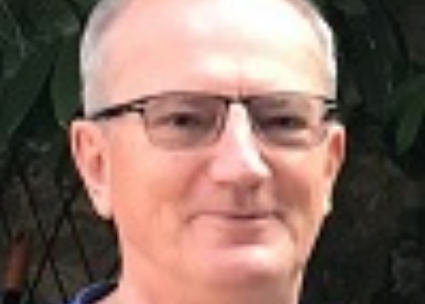
Laszlo Mihaly
My research exerience is in infrared spectroscopy, electron spin resonance, electrical transport measurements and materials preparation. The main research goal is the understanding the nature and consequences of the electron correlations in solids.
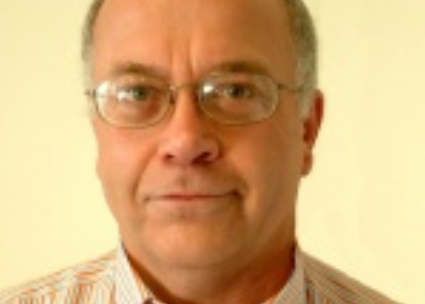
Peter W. Stephens
My research interests have centered around crystallography, a very powerful technique for determining the atomic structure of almost anything, from minerals to enzymes. Often a newly synthesized material is only available as a powder, which makes structural analysis a good deal trickier. But quickly learning the atomic structure is key to understanding interesting properties such as superconductivity, magnetism, or drug action.
Condensed Matter Seminars
The Center for Quantum Materials (CQM) Distinguished Lecture series was established in the Fall of 2015 to bring the renowned experts in the physics of quantum matter to Stony Brook University.
The lectures in this series will attract a broad audience of physicists from SBU and BNL, and SBU graduate students.
